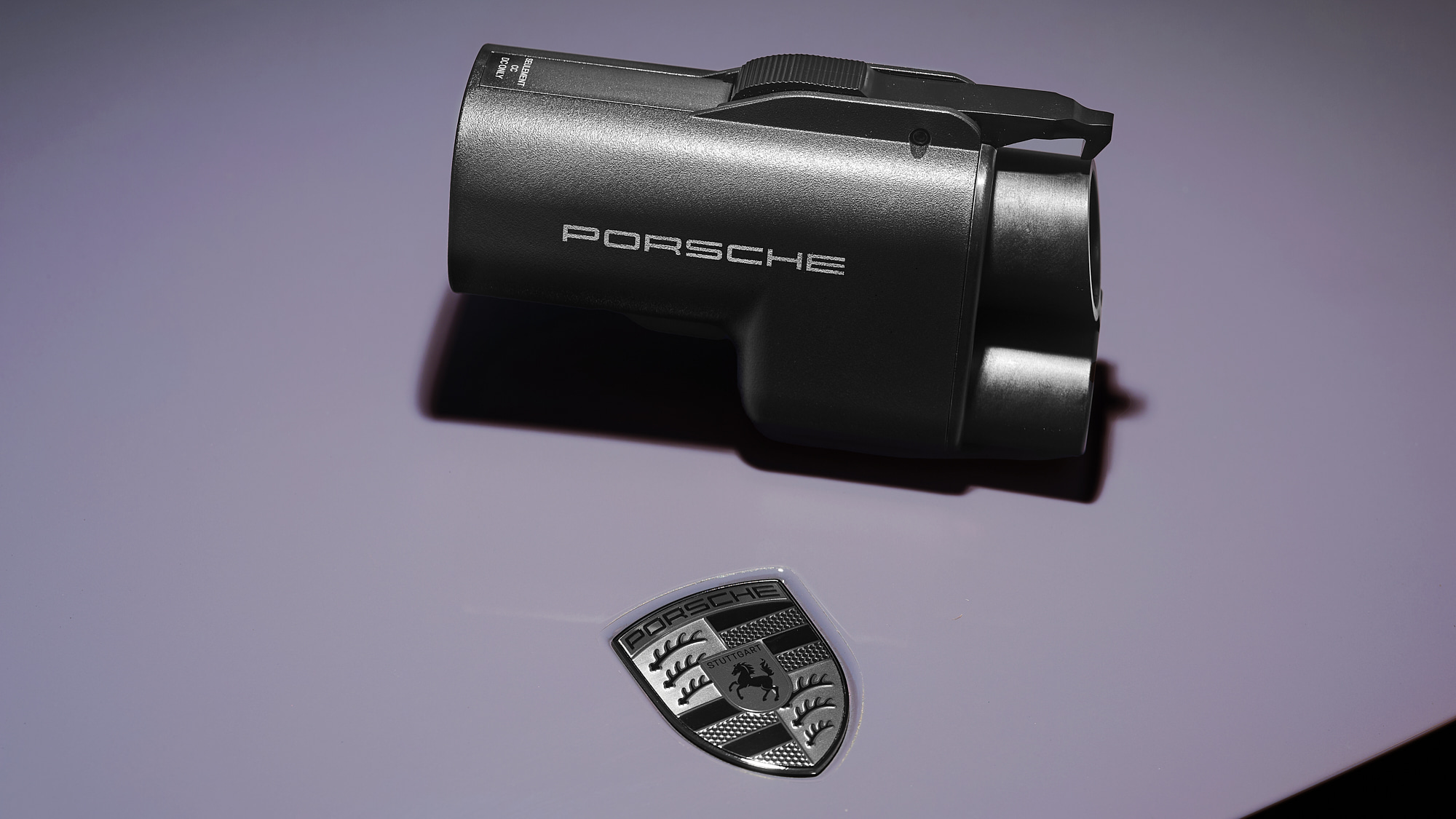The North American electric vehicle landscape is shifting dramatically. Starting September 9th, Porsche and Audi drivers will have access to Tesla’s extensive Supercharger network, a move that promises to significantly improve the charging experience for owners of these luxury electric vehicles. This integration marks a major step towards standardizing charging infrastructure and accelerating the wider adoption of EVs. The decision by the Volkswagen Group, parent company to both brands, to embrace Tesla’s North American Charging Standard (NACS) connector is a powerful endorsement of its market dominance and signals a potential shift away from the previously favored Combined Charging System (CCS). This development promises increased convenience for drivers and a potentially larger market for Tesla’s charging infrastructure.
Porsche’s Phased NACS Integration: Porsche is implementing NACS compatibility in phases. Owners of Taycan and Macan Electric models can currently reserve a free NACS-to-DC adapter via the My Porsche app. This initial rollout requires using the Tesla app at Superchargers, though Porsche plans to integrate Supercharger functionality into its own app in the coming months. Newer 2026 model year Taycans and Macan Electrics will include the adapter, while owners of older models will need to purchase one for $185. This phased approach allows Porsche to manage the transition efficiently while providing immediate benefits to its customers.
Audi’s NACS Approach and Model Compatibility: Audi is taking a similar approach, equipping its newer 2025 models, including the Q6 e-tron, A6 Sportback e-tron, and e-tron GT, with a branded NACS adapter. However, it’s worth noting that not all Audi EVs will gain immediate access. The Q4 e-tron, for example, is currently excluded from this initial rollout. This selective compatibility highlights the complexities of integrating NACS across different vehicle platforms and model years.
Software Updates and Future Plans: Both Porsche and Audi are working on software updates to incorporate Tesla Superchargers into their navigation systems. This will make locating and using the chargers far more seamless for drivers. The integration of Supercharger locations into the native navigation systems of these luxury brands is crucial for a truly convenient and hassle-free charging experience. This ease of use could influence purchasing decisions for many potential EV buyers.
The Broader Implications for the EV Industry: The decision by Porsche and Audi to adopt NACS has significant implications for the wider EV industry. It strengthens Tesla’s position in the charging infrastructure market and potentially prompts other automakers to follow suit. While other Volkswagen Group subsidiaries like Lamborghini and Bentley haven’t yet committed to NACS, their eventual adoption seems increasingly likely given the current trajectory. The move could lead to greater standardization in charging technology, ultimately benefiting EV drivers across the board.
In conclusion, the integration of Porsche and Audi EVs into Tesla’s Supercharger network is a monumental leap forward for the electric vehicle sector in North America. The phased rollout, while initially limited to certain models and requiring the use of a separate app, shows a clear commitment from both automakers to improve the charging experience for their customers. The long-term implications of this move are potentially far-reaching, pushing the industry closer to a more unified and convenient charging infrastructure, ultimately benefiting all EV drivers and fostering wider adoption of electric vehicles. The future of EV charging is undoubtedly evolving, and this collaboration marks a significant step in that evolution. The convenience of accessing the vast Tesla Supercharger network will be a compelling factor for prospective buyers of Porsche and Audi EVs, while also potentially putting pressure on other automakers to follow suit and adopt the NACS standard.

